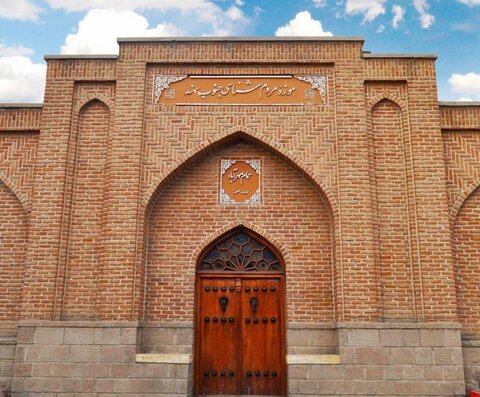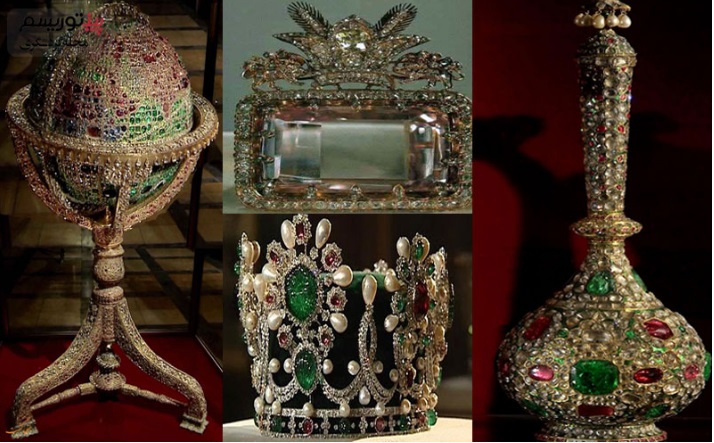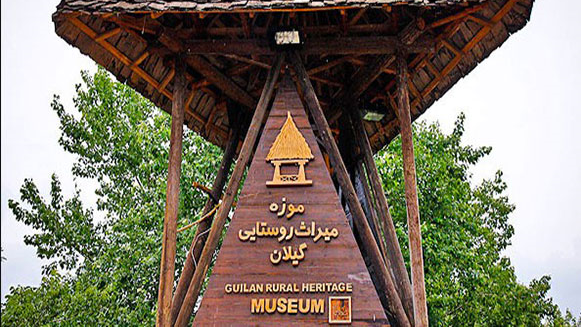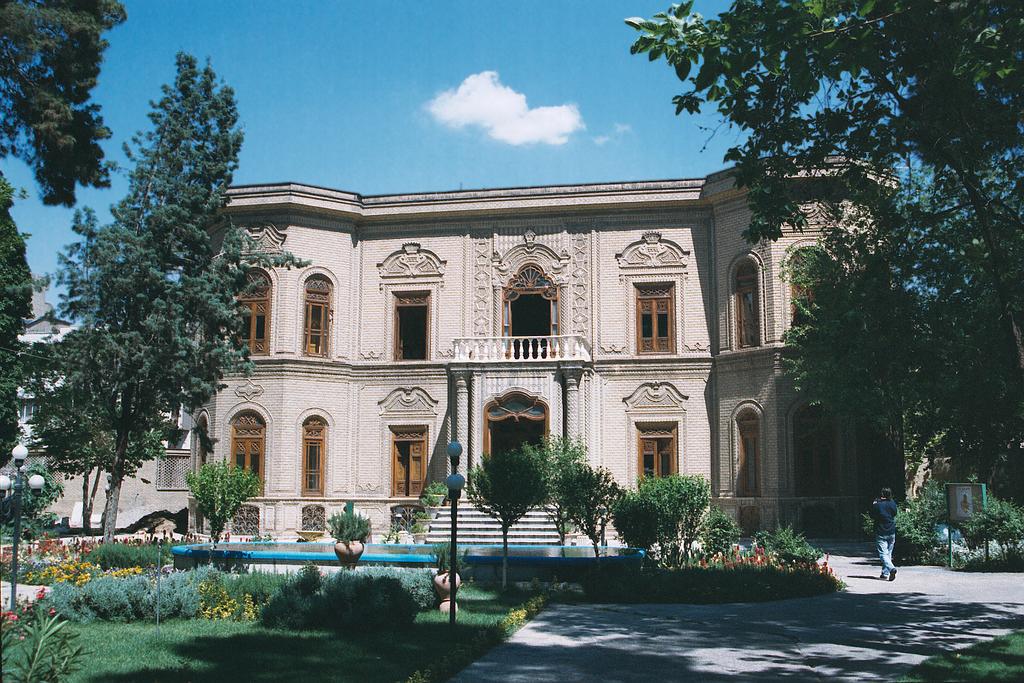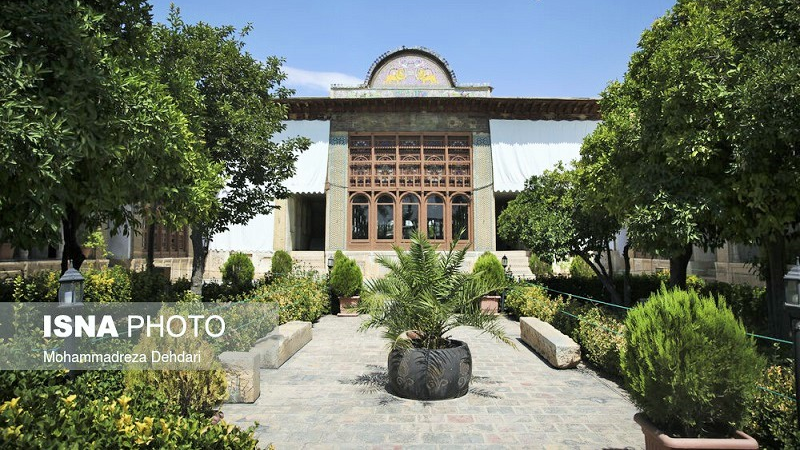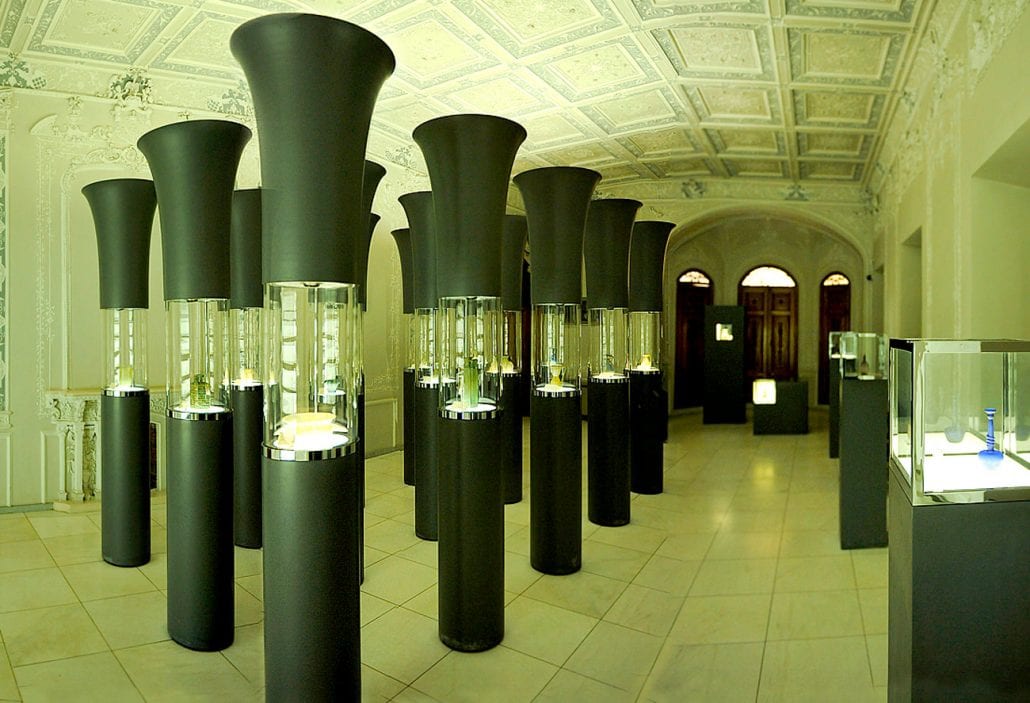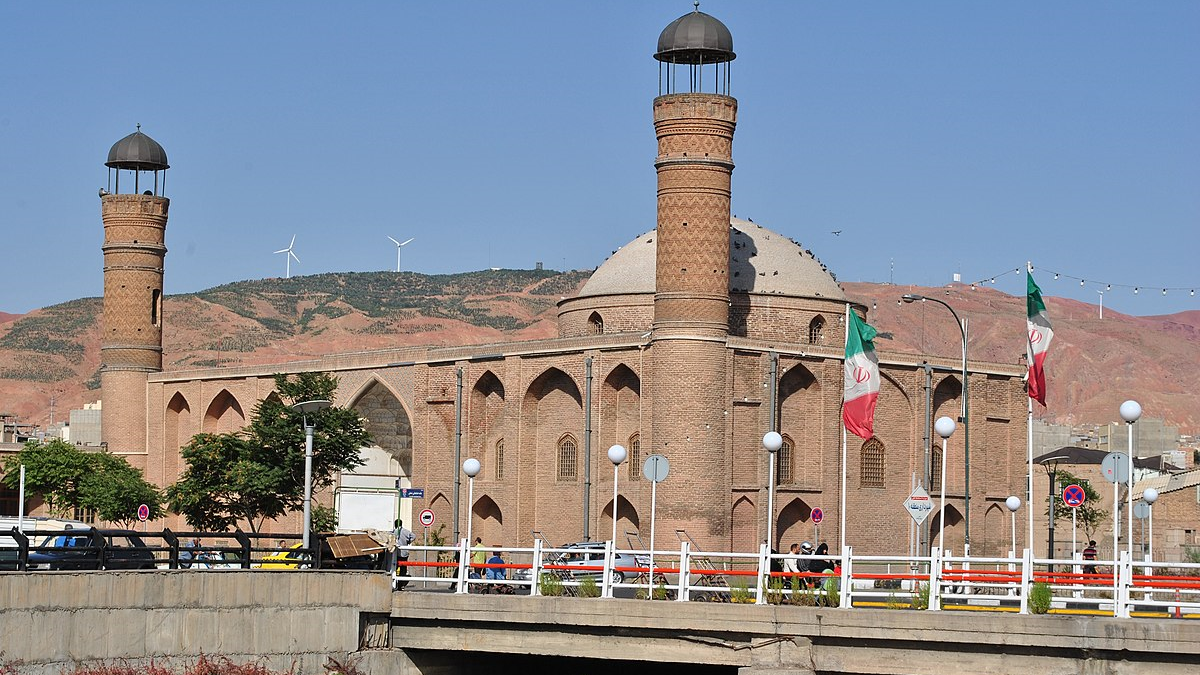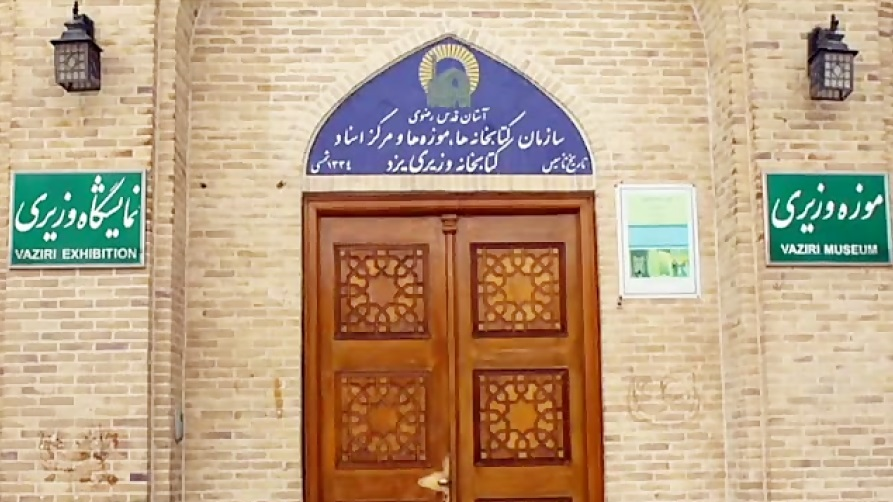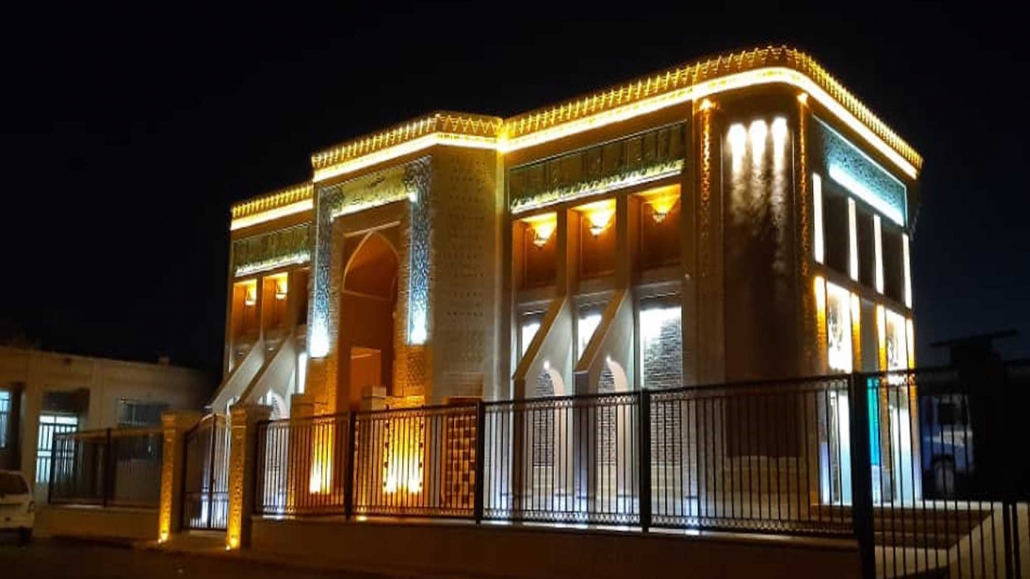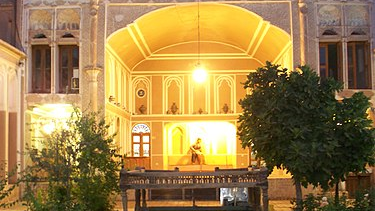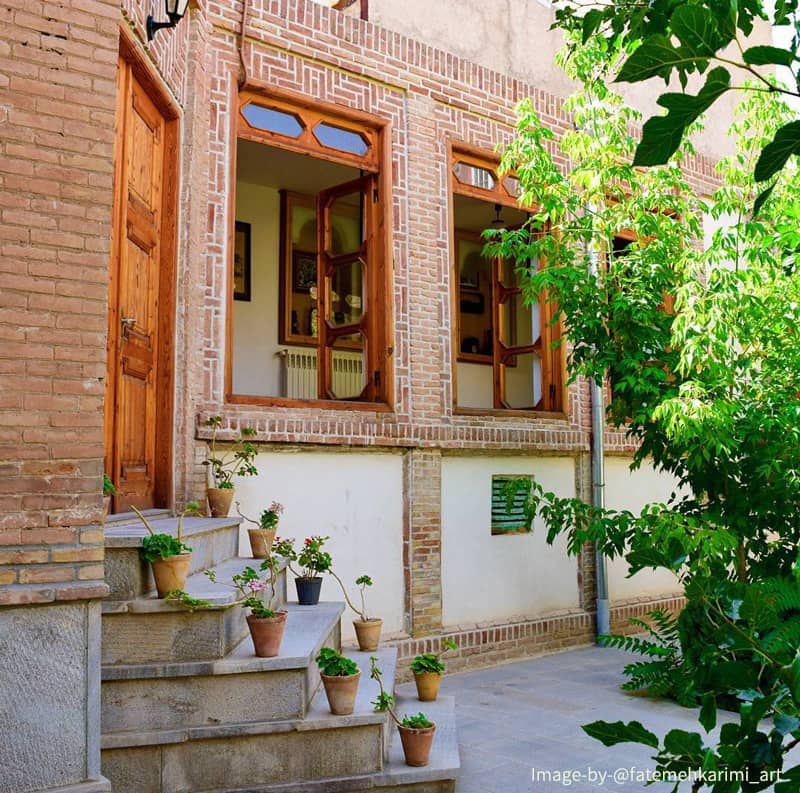
Sanandaj Museum: An Exhibition of Artifacts from Prehistoric Times to the Present
The Salar Saeed Mansion, which is now known as the Sanandaj Museum, exhibits historical artifacts ranging from prehistoric times to the contemporary era.
History of the Salar Saeed MansionThis mansion was built by Molla Lotfollah Sheikh-al-Islam. After his death, the mansion was divided into two sections and sold to the Habibi and Salar Saeed families. Accordingly, each section became known by the name of its owner: the inner section was known as the Habibi family section, and the outer section as Salar Saeed, a title held by Abdul Hamid Sanandaji. Salar Saeed donated this part of the house to the Cultural Office. Until 1972, the mansion was used as a teacher training school, library, and a residence for military instructors. After this year, the building was restored, and upon completion of the restoration, it was converted into a museum at the recommendation of the Ministry of Culture and Art.
Architectural Features of the Salar Saeed Mansion
The Salar Saeed Mansion originally has two main levels: a basement and a ground floor. The basement features a domed ceiling decorated with a combination of stucco work and mirror work, with a hexagonal pool at its center. In contrast, the ground floor has a sloped roof, and most of its area is occupied by a ceremonial hall. On the northern side of this section, there is a seven-door orsi hall that overlooks the courtyard.
.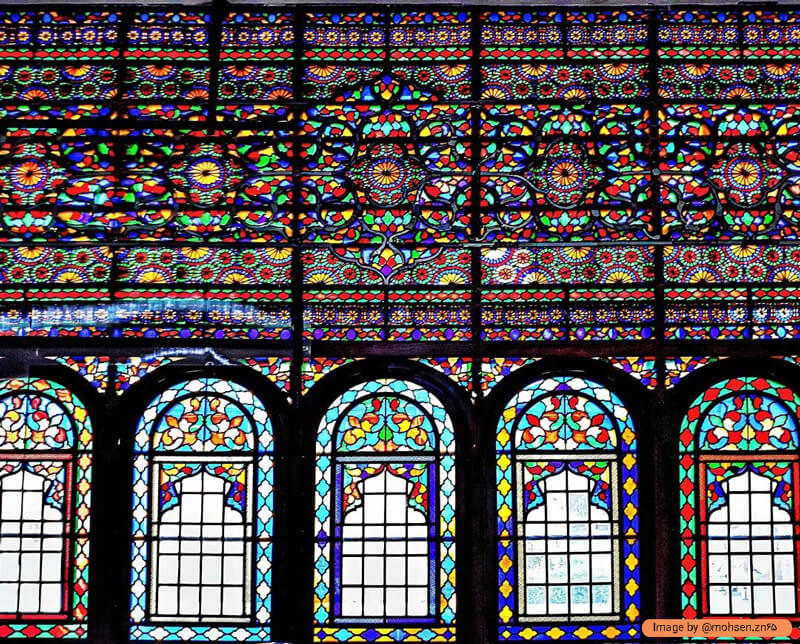
The beautiful orsi (lattice) windows of the Salar Saeed Mansion, adorned with colorful and captivating glass, are truly striking.
This beautiful orsi (lattice) window was crafted by one of Sanandaj’s renowned master artisans, Habibollah Sanandaji, who was also known by the nickname “Ostad Nesā”. The orsi of the Salar Saeed Mansion is considered the most beautiful part of the building.
Sanandaj MuseumThe Salar Saeed Mansion, now known as the Sanandaj Museum, has two main sections: archaeology and anthropology. In the archaeology section, objects from various periods—from prehistoric times to the Qajar era (18th century)—are preserved. Some of these artifacts were collected from neighboring provinces, and several items on display were recovered from thieves attempting to smuggle them out of Iran.
In the anthropology section, which was originally established as a temporary exhibition, aspects of Kurdistan’s traditional lifestyle are showcased. The museum displays agricultural tools, traditional musical instruments, and clothing, among other items representing the region’s cultural heritage.
Sections of the Sanandaj MuseumVarious artifacts in the Sanandaj Museum are displayed in four main sections:
1. Prehistoric Section
-
Located in the entrance corridor of the mansion, next to the main hall.
-
The primary objects are ceramic vessels discovered in different areas of Kurdistan, especially in the cities of Kangavar and Baneh.
2. Historical Era Section
-
This section contains the largest number of artifacts in the museum.
-
Artifacts discovered from the Ziwiyeh Historical Mound (one of the most important archaeological sites in Kurdistan Province) are displayed here.
-
Items include: Gold female jewelry, Clay vessels in gray, red, and beige colors, A small pitcher decorated with floral patterns and turquoise, white, and yellow glaze, Various axes, Funerary pins and sewing needles, Rings and bone objects and Several stone objects, including rings and beads.
These artifacts collectively illustrate the daily life, craftsmanship, and material culture of the people in different historical periods.
There are also several spears, daggers, and figurines in this section, whose exact places of discovery are unknown. The museum also houses a number of funerary jars, some of which are so large that they are displayed outdoors. Additionally, findings from the Karfto Cave can be seen in this section.
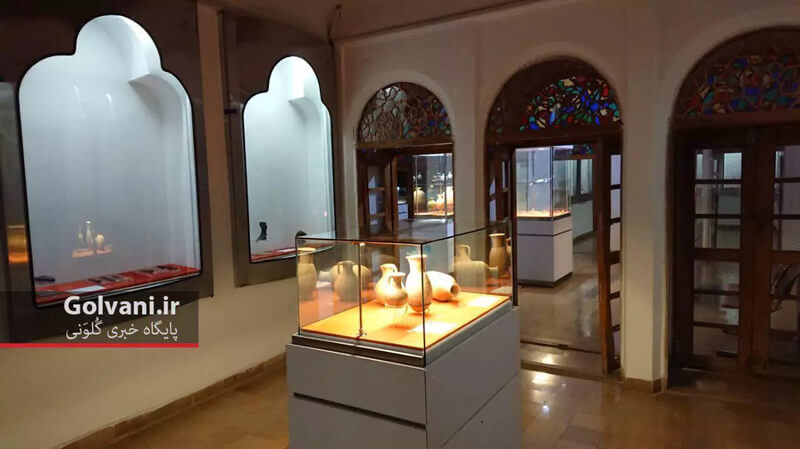
3. Islamic Era Section
-
In this section, artifacts are displayed in two main categories: metal and pottery.
4. Temporary Exhibition Section
-
The basement of the Salar Saeed Mansion is dedicated to temporary displays, featuring items such as bronze statues and glassware.
-
The artifacts in this section change according to the museum’s programs.
-
In the outdoor area of the museum, items such as inscriptions and tombstones are displayed, which are periodically rotated or replaced.
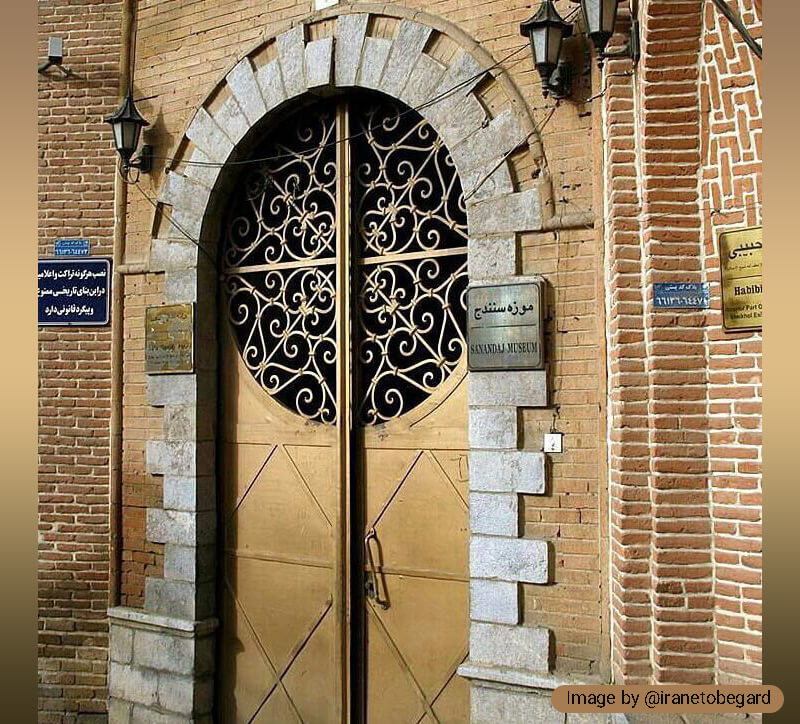
| Name | Sanandaj Museum: An Exhibition of Artifacts from Prehistoric Times to the Present |
| Country | Iran |
| State | Kurdistan |
| City | Sanandaj |
| Type | Historical |
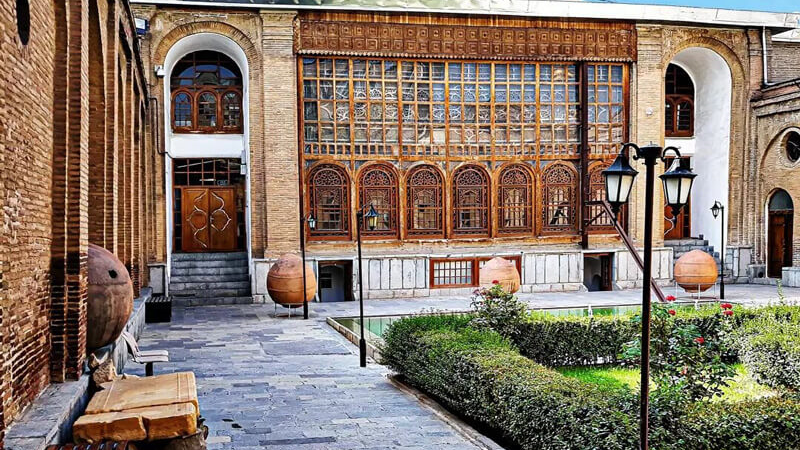
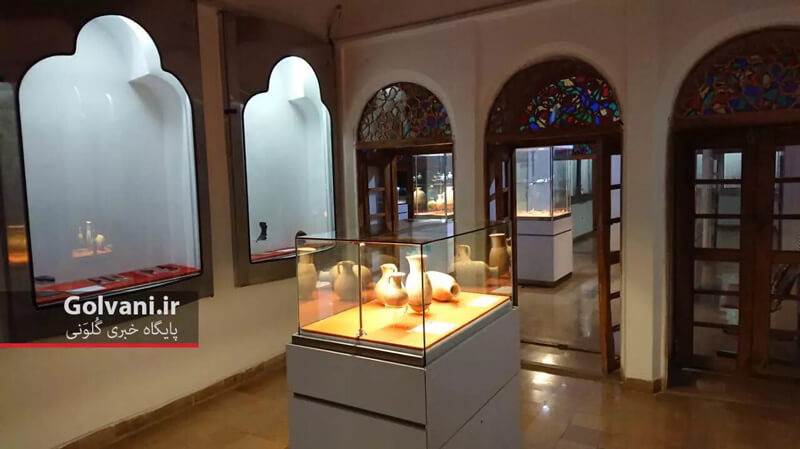
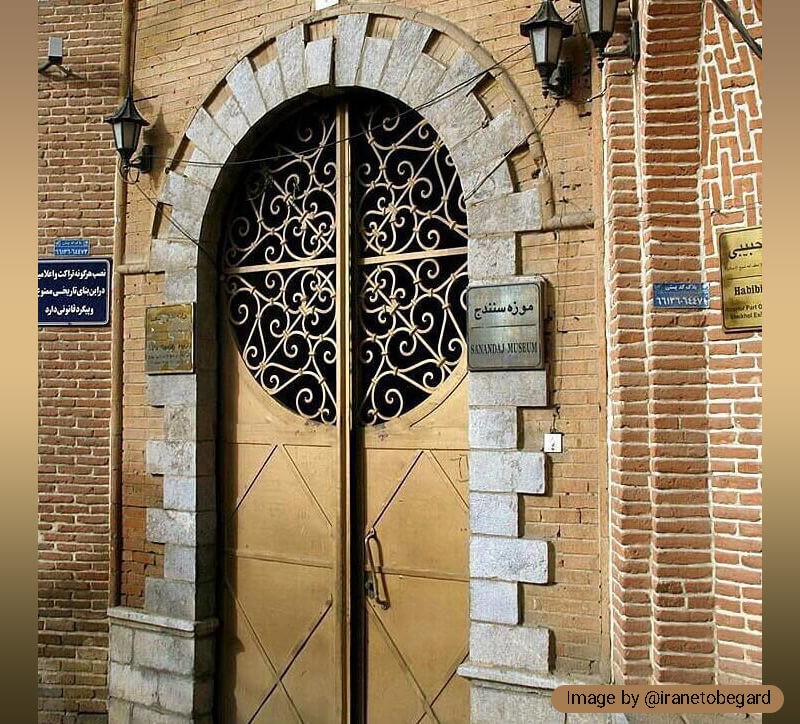
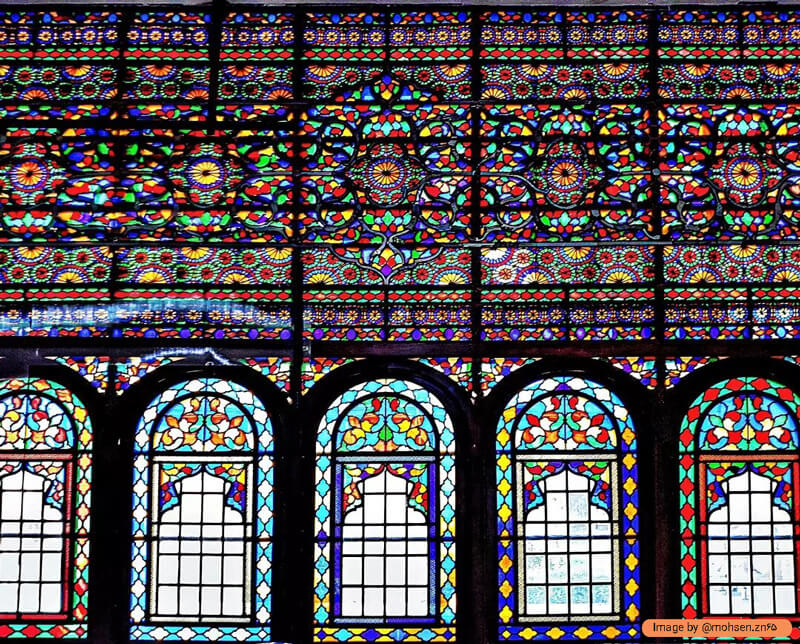




Choose blindless
Red blindless Green blindless Blue blindless Red hard to see Green hard to see Blue hard to see Monochrome Special MonochromeFont size change:
Change word spacing:
Change line height:
Change mouse type:
